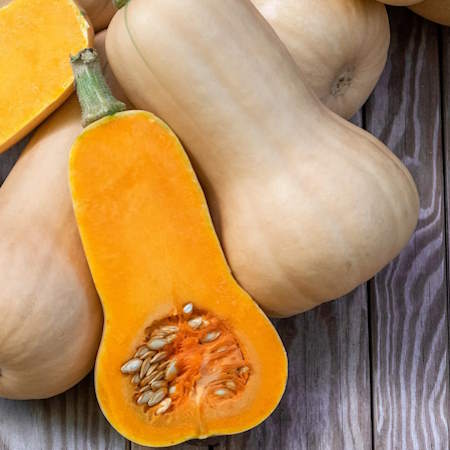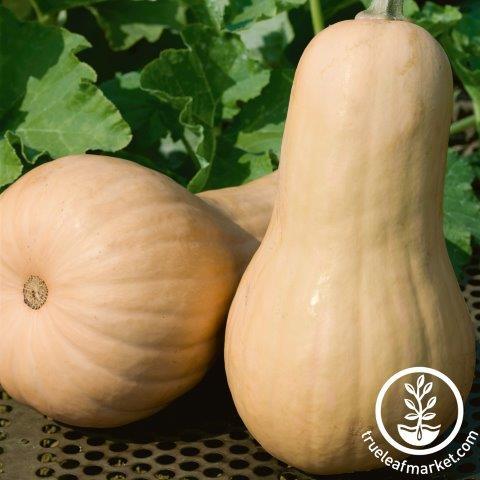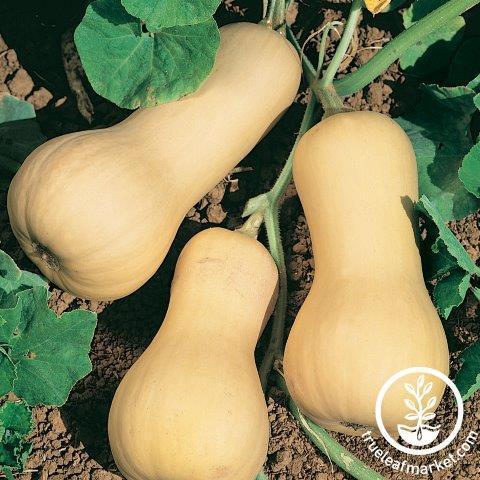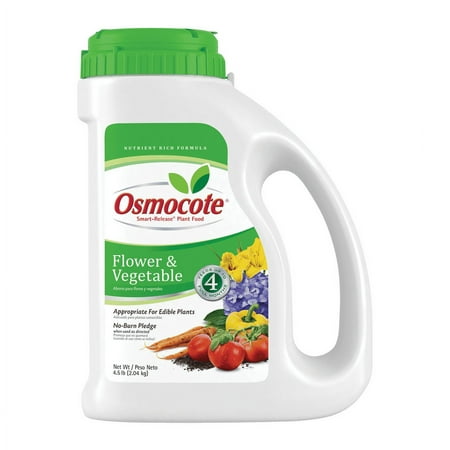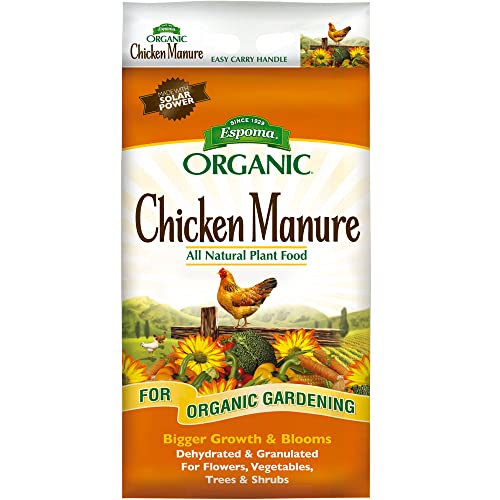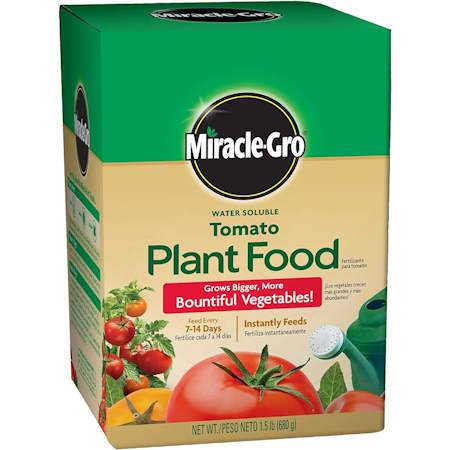How to grow butternut squash successfully – from sowing seeds to harvesting fruits
Tips from a professional grower to help you have healthy plants and a great harvest of butternut squash
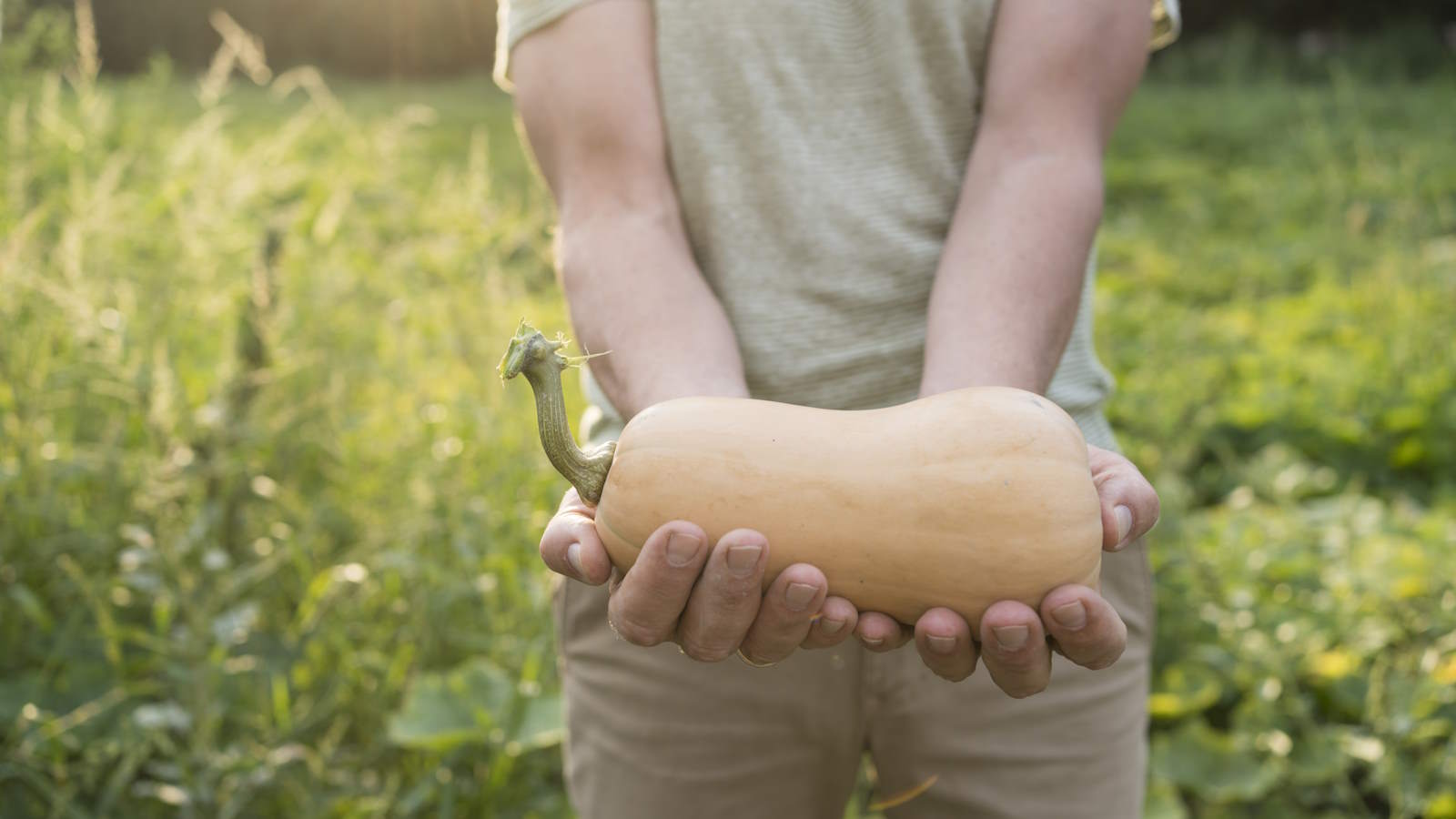

Butternut squash is a popular type of winter squash to grow and it is easy to understand why. The plants are simple to grow and prolific, as you can get a lot of delicious fruits from each plant.
I have grown butternut squash for many years as they are well-loved and versatile. I grew them for chefs, sold them to visitors, and still grow and harvest butternut squash on my home plots to use in many different recipes.
If you want to grow butternut squash then we are here to help. This guide to growing butternut squash covers everything you need to know, from sowing the seeds to harvesting and curing the fruits.
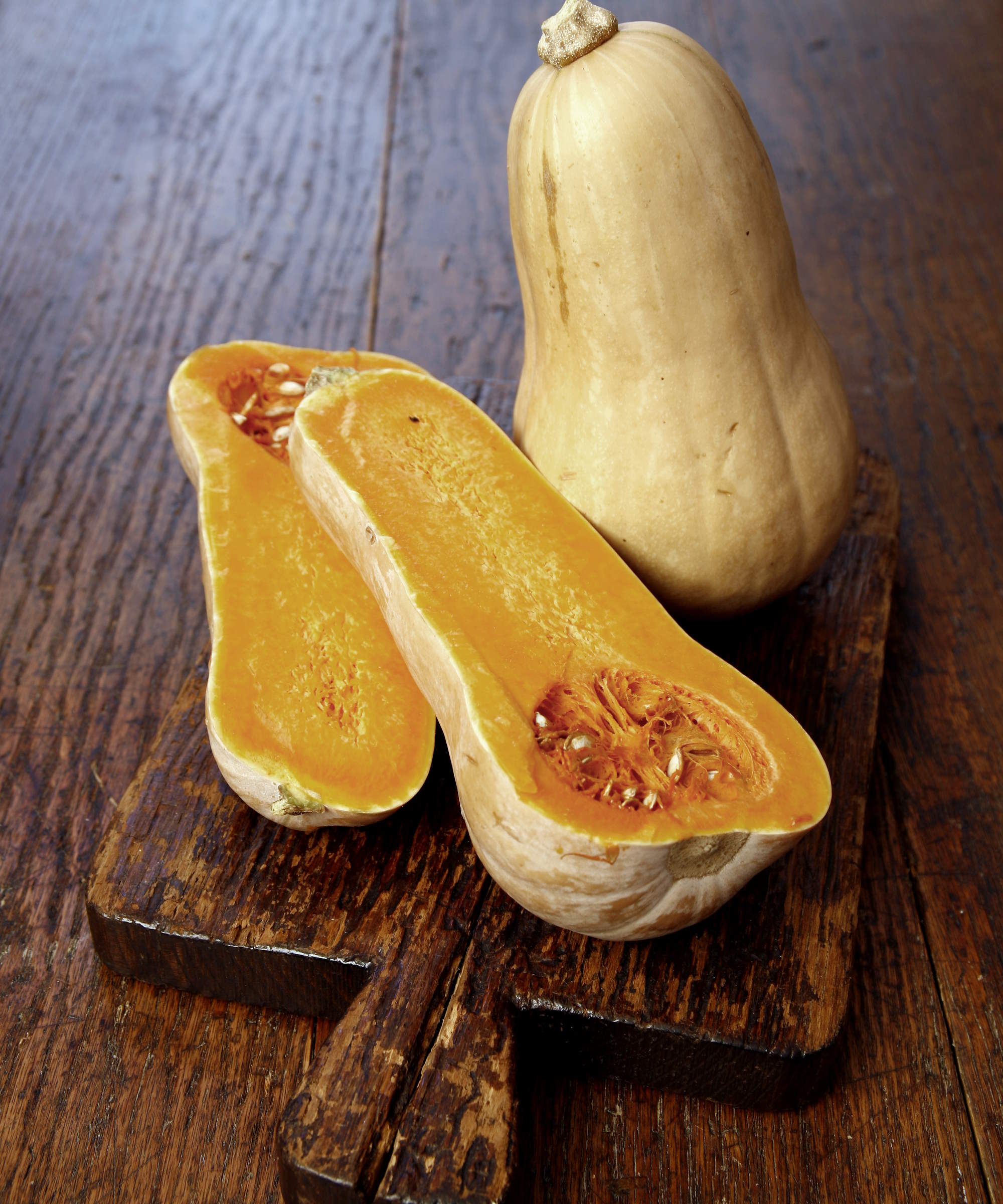
Growing butternut squash can provide up to six fruits per plant
What is butternut squash?
Butternut squash is a type of winter squash that produces a unique shape of fruit, it has a bulbous end and a long neck. The skin is a pale light yellow color when ripe and it has deep orange flesh that has a sweet and nutty taste when cooked.
It can be used in a wide range of ways in the kitchen, it is often roasted or baked and can be used to make butternut squash curry, soup, lasagne, and lots more.
How to grow butternut squash from seeds
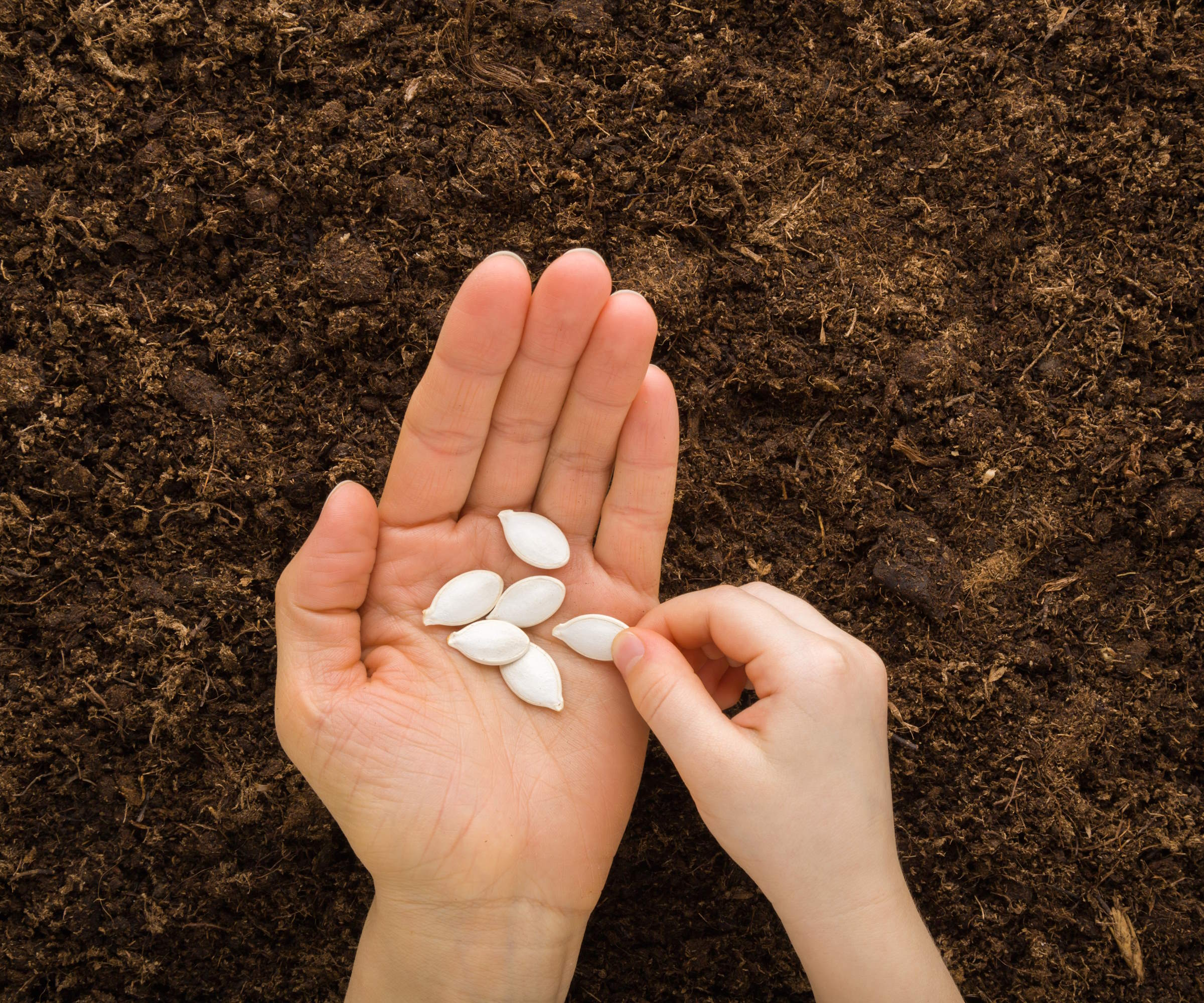
Butternut squash seeds are sowed on their edges in the soil
Butternut squash is a simple vegetable to grow from seed. To grow squash from seed, you can either sow indoors or outdoors. Which you choose will depend on your climate and space.
Sowing seeds indoors allows you to get a head start on the season and is ideal if you live in a cooler climate where the soil warms up later in spring. This is the method I have always chosen to grow butternut squash as it allows more control over the growing conditions.
Design expertise in your inbox – from inspiring decorating ideas and beautiful celebrity homes to practical gardening advice and shopping round-ups.
Butternut squash seeds are large and easy to handle. Plant the vegetables indoors in April into pots filled with quality soil. Sow two seeds per pot an inch deep in the soil, taking care to sow the butternut squash seed on its side to reduce the risk of the seed rotting through water sitting on it if planted flat.
Keep the soil moist, but not waterlogged, and at a temperature of 65-70°F for strong germination. A greenhouse or warm windowsill are the best locations to choose from. Thin the seedlings as they appear to leave one healthy young butternut squash plant per pot.
Grow on the plants in a warm and protected environment until transplanting seedlings out into the kitchen garden from late May onwards, after a period of hardening off, after the risk of frosts has ended.
The alternative to starting the vegetable indoors is to sow seeds outdoors directly into the growing position once the frosts are over for your location and US hardiness zone. Prepare the planting site for sowing and plant the seeds once the soil temperature has reached 65°F - you can use horticultural fleece or cloches to warm up the soil and bring forward the planting date.
Sow two seeds an inch into the ground and space sowings 12 inches apart. Keep the soil moist and thin the seedlings as they develop to give each plant at least three feet of space.
SHOP BUTTERNUT SQUASH SEEDS
Where and how to plant butternut squash
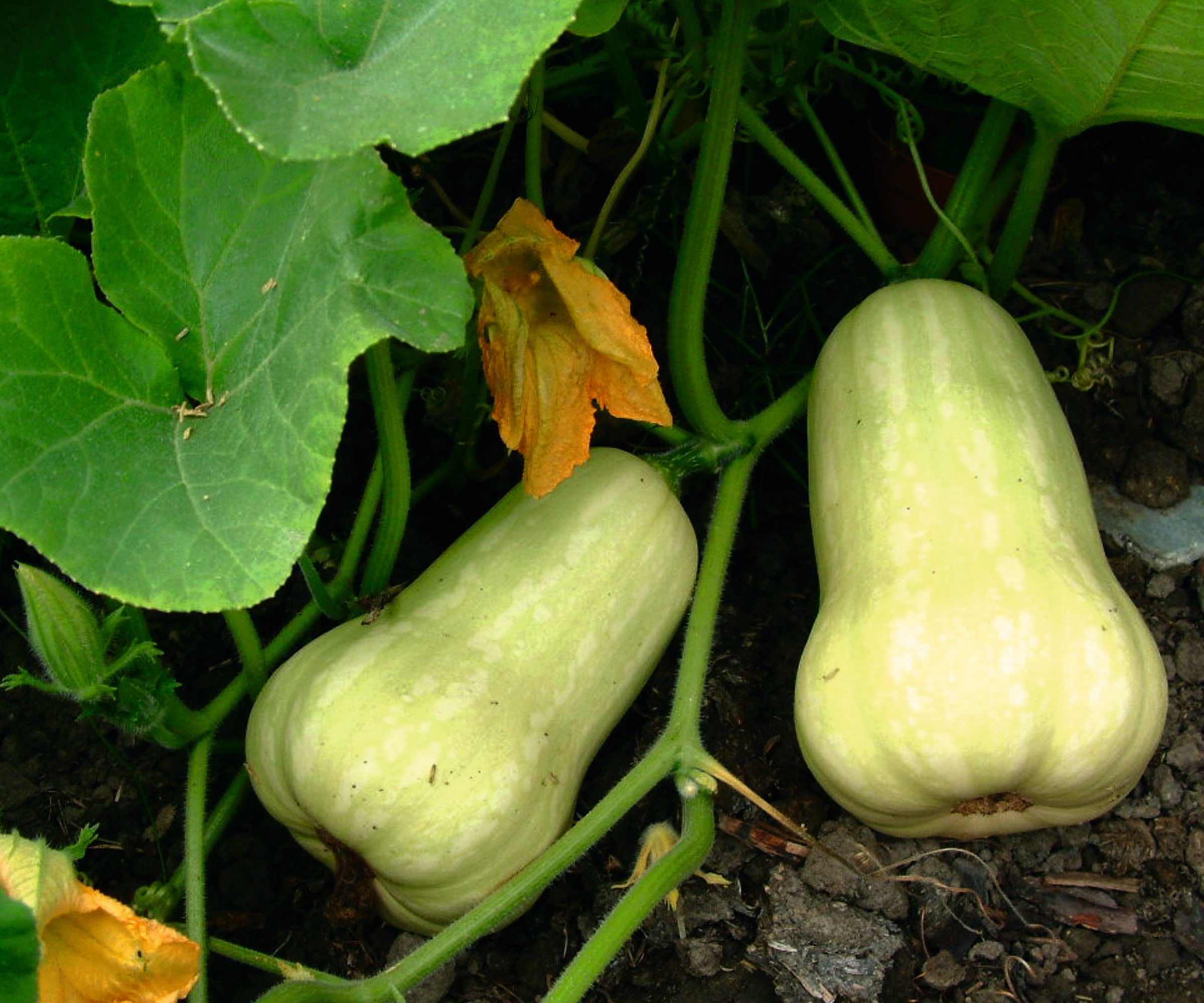
Grow butternut squash in a sunny spot to ripen the fruits
Getting the location right is important for any butternut squash, whether it is one you grew from seed or purchased from a garden center, nursery, or online. The plants perform best in sunshine and ideally where they can bask in 6-8 hours of sunlight each day.
Butternut squash want to grow in fertile and well-draining soil type. Add organic matter, such as compost or well-rotted manure, to the growing site to enrich the soil and provide nutrients to get the butternut squash off to a great start in its spot.
The plants put out long vines that can reach up to 15 feet in length and need a lot of space to spread. Plant each butternut squash between three and five feet apart and add a handful of balanced slow-release fertilizer to the soil as you backfill the large planting hole. Many growers will plant butternut squash in 18-inch high mounds to help with drainage.
Grow butternut squash - important care tips
Butternut squash plants can be simple to maintain in any vegetable garden, though there are some key areas you will want to pay close attention to.
Watering
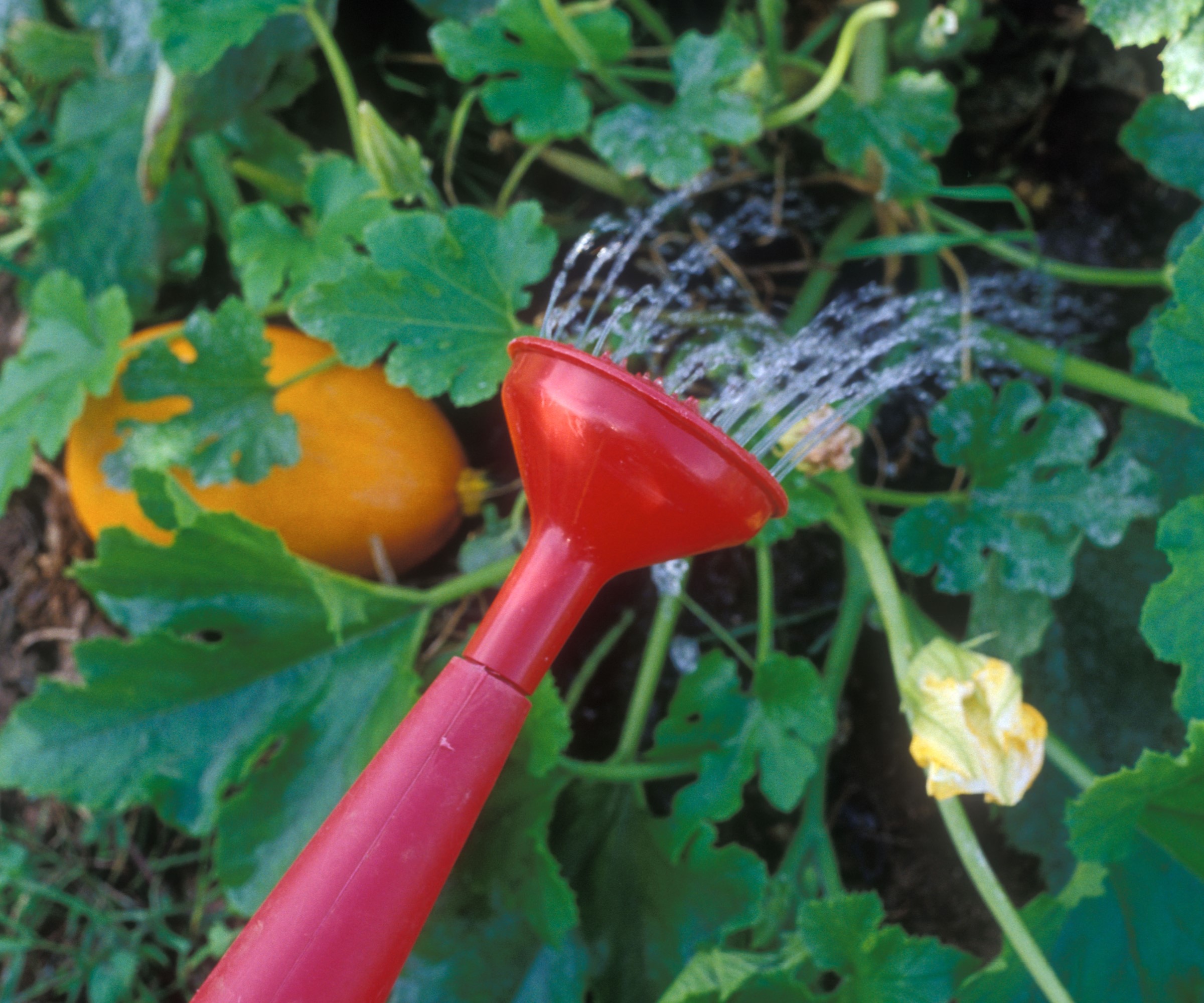
Water butternut squash plants regularly, especially in dry summers
Butternut squash are large-growing plants that require a lot of water throughout the growing season. It can be difficult to identify the center of the plant as the vines crawl, so putting a cane by each when planting out can help you spot where you want to be watering.
Keep a close eye on when to water plants and keep the soil consistently moist - butternut squash want at least an inch of water per week. Mulching around plants can help to retain moisture in the soil and reduce competition from weeds.
When it comes to how to water plants, try to water the base of the plant and not just soak the foliage. Spraying the leaves with water reduces the amount of moisture that gets down into the soil to be accessed by the plant and also increases the risk of fungal problems, such as powdery mildew. It is better to do deeper and less regular watering rather than little and often and a lack of water can be a prime reason why squash leaves turn yellow.
Feeding
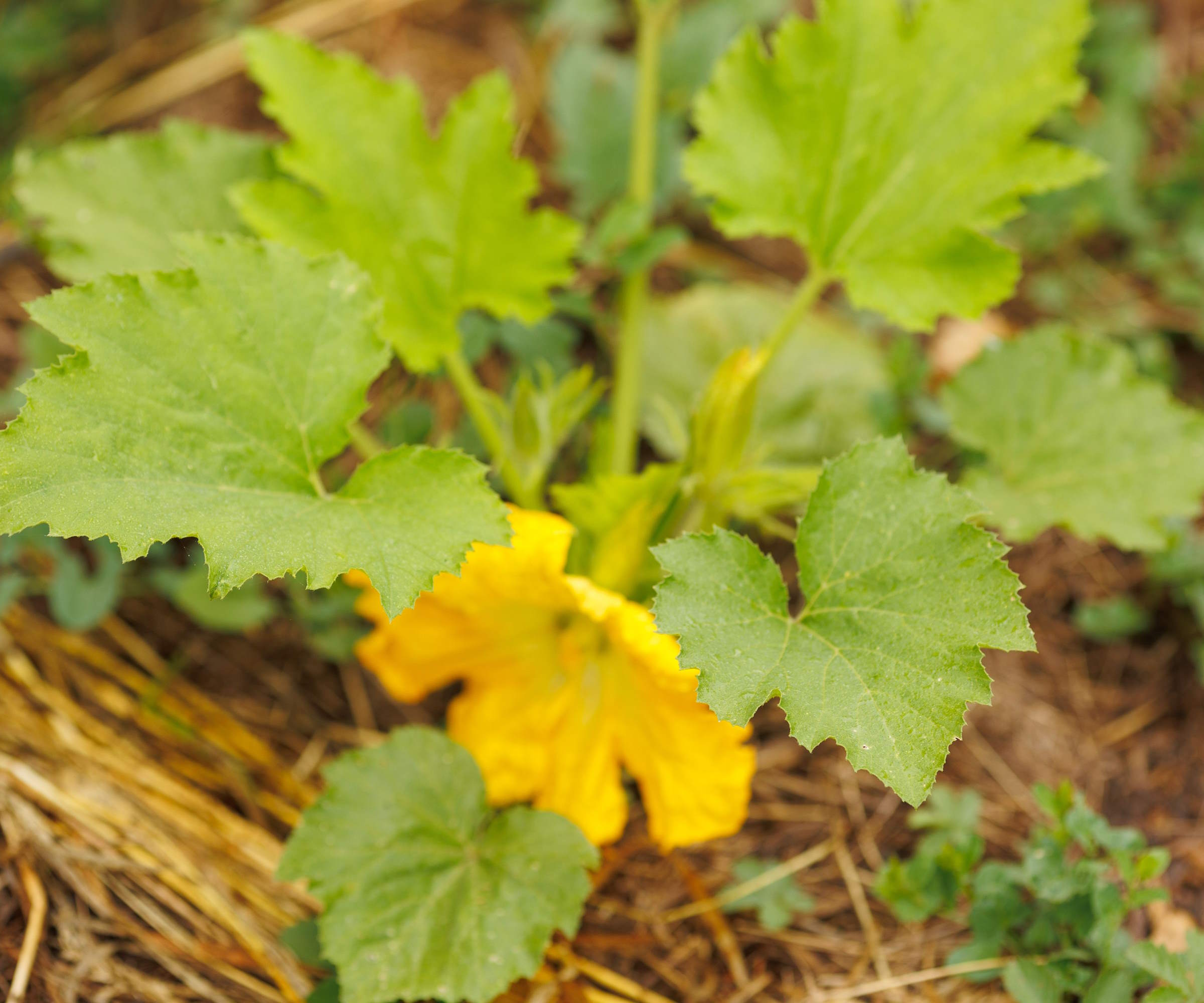
Butternut squash plants will produce lots of glorious yellow flowers
As well as requiring regular watering throughout the summer, butternut squash are also hungry plants that benefit from lots of feeding.
Starting with fertile soil boosted by the addition of organic matter, together with some slow-release balanced fertilizer at the time of planting, gets the squashes off to a great start - but they do need more feeding through the season.
When the butternut squash plants start to flower, the time has come to start fertilizing with a liquid feed every two or three weeks. This will give them the nutrients needed to develop and ripen fruits. Such a product will be a high-potassium feed, like a tomato fertilizer, seaweed fertilizer, or a homemade comfrey fertilizer.
SHOP FERTILIZERS FOR BUTTERNUT SQUASH
Pests
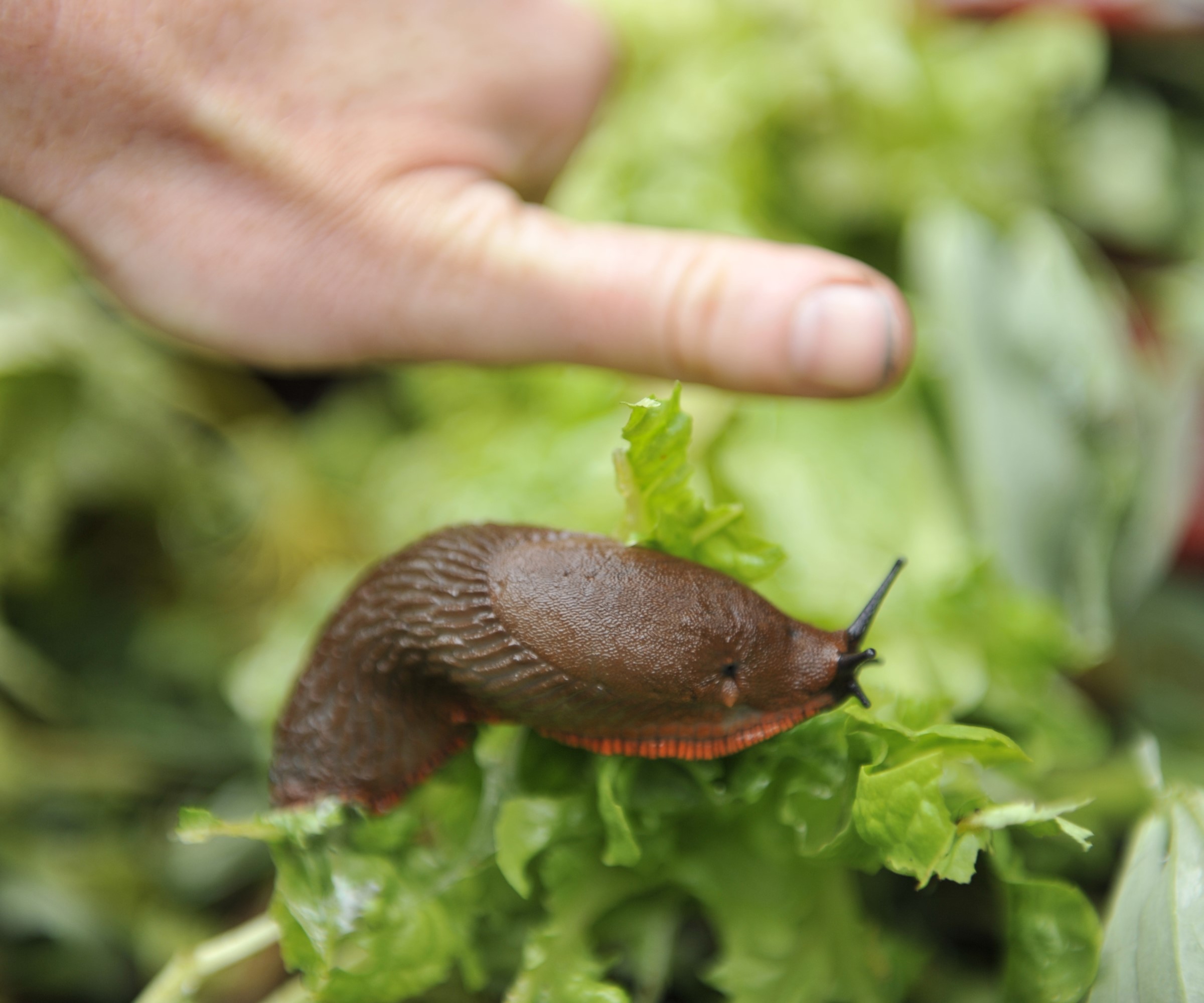
Slugs are notorious for nibbling the growing stems of young butternut squash plants
Keep a close eye on pests attempting to eat your butternut squash plants. Young plants can be susceptible to damage from slugs and snails and there are several methods at your disposal to get rid of slugs. You can plant slug-repellent plants to control slugs or use nematodes, copper tape, beer traps, and rough surfaces like eggshells or gravel.
Squash bugs can be a problem for plants. They can suck the sap from young and flowering plants and cause the entire plant to wilt and, in the worst-case scenario, die. Squash bugs are active from late summer onwards and, if you see any wilting or yellowing leaves, it is best to check under the leaves for the presence of eggs.
The eggs can be removed with a moist cloth and squash bugs can be dealt with using a homemade bug spray of warm soapy water, or you can purchase insecticidal soap available at Amazon.
Harvest

Handle fruits with care when harvesting butternut squashes
Butternut squash is a winter squash that is harvested in fall, usually in September and October. The fruits do not continue to ripen off the vine and need to be left to reach prime ripeness on the plant, but do want to be harvested before the frosts arrive.
The signs of ripe butternut squash will be when the skin turns a light yellow color and loses any greenness. The skin itself will be hard and it should be tough to push a fingernail into it, while the vines will die back and the stems will be hard.
Cut a butternut squash from the vine using a sharp knife or a pair of clean and sharp pruning shears. Leave around 3-4 inches of stem attached to the fruit, but do not pick up the squash by the stem. That can be a vegetable harvesting mistake that can damage the fruit and affect its storage life.
The fruit should be kept in a warm and dry area to cure for 1-2 weeks. This will further harden the skin and mean the butternut squash can then be stored for up to six months.
How to grow butternut squash in a pot
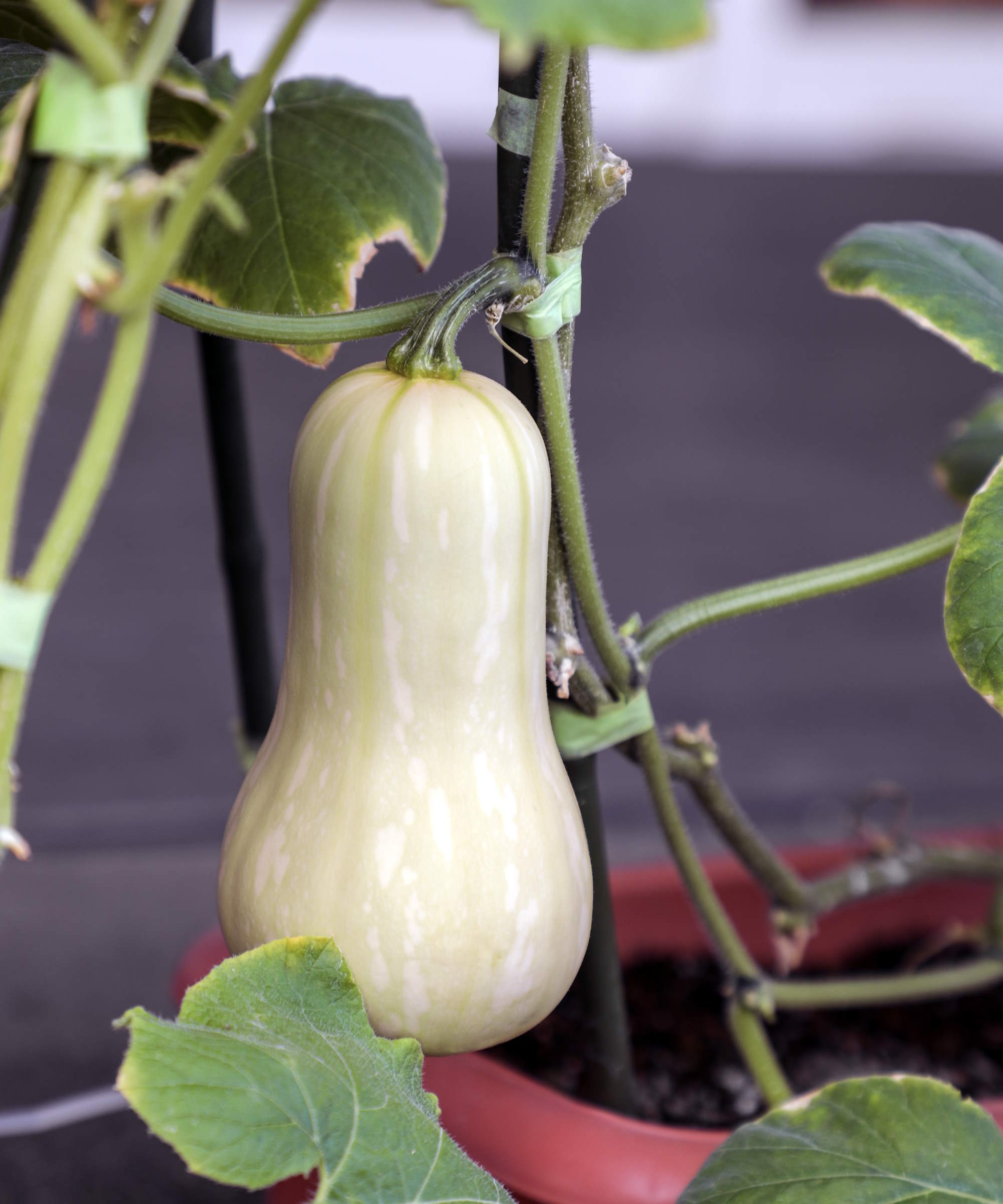
Butternut squash plants can be grown vertically in pots to save space
Though they conjure images of large and sprawling plants, you can grow squash in containers as part of any vegetable container garden. There are compact bush types of butternut squash, such as Butterbush squash available at Burpee, more suited for growing in pots and smaller vegetable gardens. These plants produce vines closer to 4-5 feet long, rather than 15 feet, and will be much simpler to cultivate in containers.
Pick a large container at least 20 inches wide and 12 inches deep to give the plants enough room to develop a good root network. Any container must have drainage holes and be filled with quality potting soil. Regular watering and feeding will be crucial for success. As with plants in the ground, add a slow-release balanced fertilizer at the time of planting and switch to a liquid feed every few weeks when the plants start flowering.
FAQs
How long does it take to grow butternut squash?
Butternut squash has a long growing season and can take around 3-4 months from sowing the seeds to harvesting ripe fruits. If you live in a cooler climate, that shows why it is useful to start seeds indoors in spring to get a head start so you have young healthy plants ready to go out into the garden once the frosts have ended.
How many butternut squash do you get off a plant?
Butternut squash plants are prolific and you can expect to get 4-6 good-sized fruits per plant. It will depend on the variety, the weather, and how you care for the plants, exactly how many ripe fruits you get.
While butternut squash is a winter variety of squash harvested in fall and commonly stored, there are lots of summer squash to grow that are best eaten freshly harvested. Varieties such as zucchini, patty pan, straight neck, and tromboncino are all summer squash to harvest young and enjoy fresh from the vine from midsummer onwards.

Drew’s passion for gardening started with growing vegetables and salad in raised beds in a small urban terrace garden. He has worked as a professional gardener in historic gardens and specialises in growing vegetables, fruit, herbs, and cut flowers as a kitchen gardener. That passion for growing extends to being an allotmenteer, garden blogger, and producing how-to gardening guides for websites. Drew was shortlisted for the New Talent of the Year award at the 2023 Garden Media Guild Awards.
